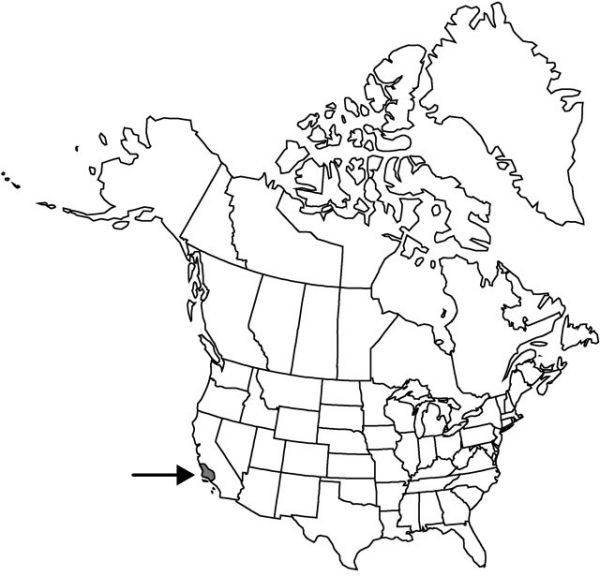Difference between revisions of "Fritillaria ojaiensis"
Bull. S. Calif. Acad. Sci. 21: 41, plate 2. 1922.
FNA>Volume Importer |
FNA>Volume Importer |
||
| Line 25: | Line 25: | ||
|distribution=Calif. | |distribution=Calif. | ||
|discussion=<p>Of conservation concern.</p><!-- | |discussion=<p>Of conservation concern.</p><!-- | ||
| − | --><p>Fritillaria ojaiensis is considered rare and endangered in California. It is closely related to F. affinis, and is sometimes considered synonymous with it.</p> | + | --><p><i>Fritillaria ojaiensis</i> is considered rare and endangered in California. It is closely related to <i>F. affinis</i>, and is sometimes considered synonymous with it.</p> |
|tables= | |tables= | ||
|references= | |references= | ||
| Line 49: | Line 49: | ||
|publication year=1922 | |publication year=1922 | ||
|special status= | |special status= | ||
| − | |source xml=https://jpend@bitbucket.org/aafc-mbb/fna-data-curation.git/src/ | + | |source xml=https://jpend@bitbucket.org/aafc-mbb/fna-data-curation.git/src/8f726806613d60c220dc4493de13607dd3150896/coarse_grained_fna_xml/V26/V26_293.xml |
|genus=Fritillaria | |genus=Fritillaria | ||
|species=Fritillaria ojaiensis | |species=Fritillaria ojaiensis | ||
Revision as of 16:43, 18 September 2019
Bulb scales: large 3–5; small 1–3. Stem 4–7 dm. Leaves in 1–3 whorls of 3–5 leaves per node proximally, alternate or opposite distally, 13 cm, usually shorter than inflorescence; blade linear to narrowly lanceolate; distal leaves usually ± equaling proximalmost leaf. Flowers nodding; tepals dull greenish yellow with scattered to profuse dark dots, broadly lanceolate, 1.5–3 cm, apex not recurved; nectaries prominent or obscure, paler in color than rest of tepals, widely elliptic to ± diamond-shaped, 1/3 tepal length; style obviously branched for 1/2–2/3 its length, branches longer than 1.5 mm. Capsules winged. 2n = 14.
Phenology: Flowering Feb–Apr.
Habitat: Rocky slopes, river basins
Elevation: 300–500 m
Discussion
Of conservation concern.
Fritillaria ojaiensis is considered rare and endangered in California. It is closely related to F. affinis, and is sometimes considered synonymous with it.
Selected References
None.
